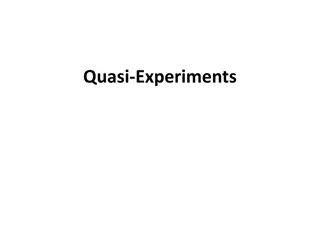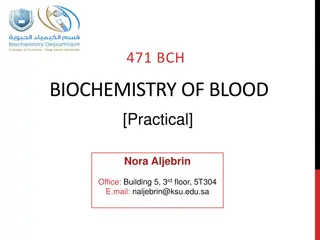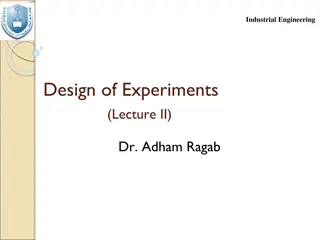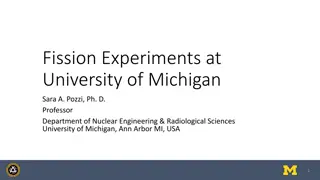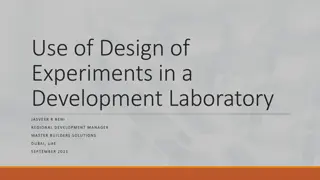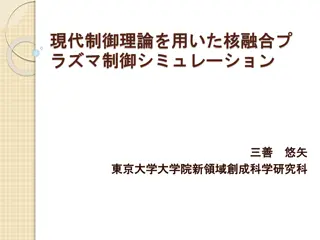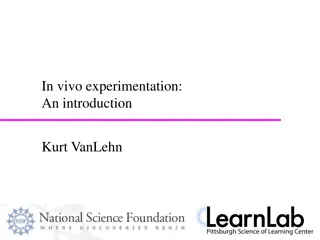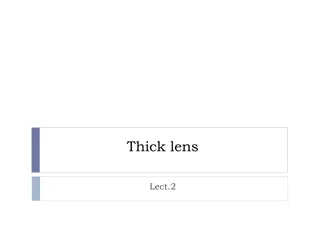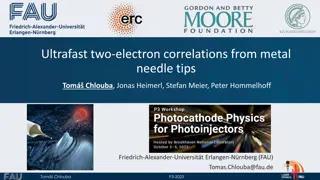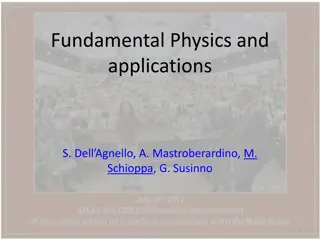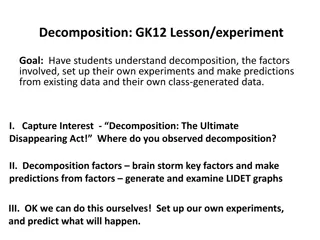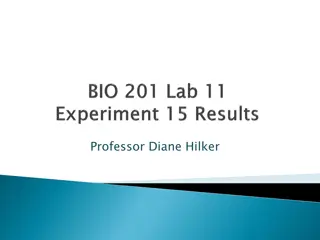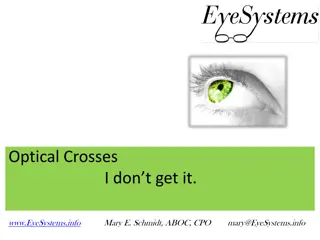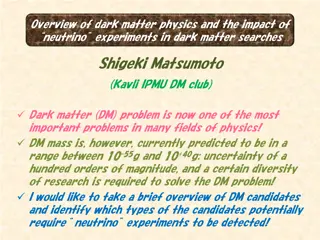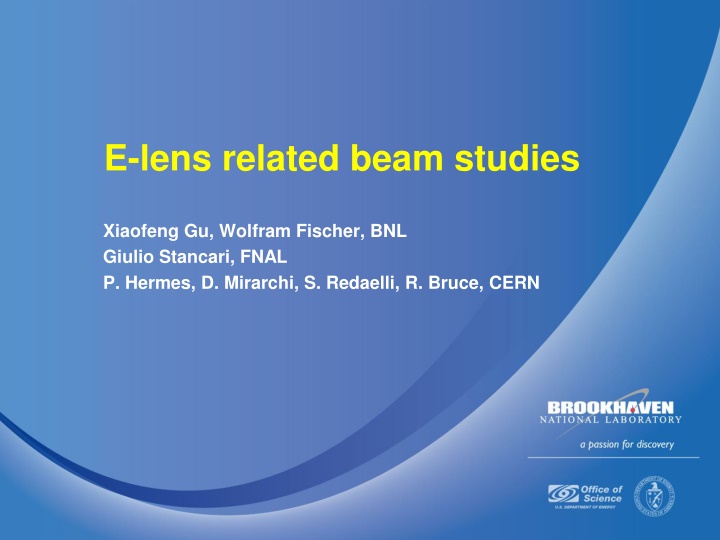
Studies on Hollow E-lens Operation and Beam Halo Removal
Explore the operational aspects and beam halo removal techniques using Hollow E-lens in high-energy particle accelerators. Detailed insights into beam scanning, new ideas for beam halo management, system status, lattice requirements, and APEX plan are discussed.
Download Presentation

Please find below an Image/Link to download the presentation.
The content on the website is provided AS IS for your information and personal use only. It may not be sold, licensed, or shared on other websites without obtaining consent from the author. If you encounter any issues during the download, it is possible that the publisher has removed the file from their server.
You are allowed to download the files provided on this website for personal or commercial use, subject to the condition that they are used lawfully. All files are the property of their respective owners.
The content on the website is provided AS IS for your information and personal use only. It may not be sold, licensed, or shared on other websites without obtaining consent from the author.
E N D
Presentation Transcript
E-lens related beam studies Xiaofeng Gu, Wolfram Fischer, BNL Giulio Stancari, FNAL P. Hermes, D. Mirarchi, S. Redaelli, R. Bruce, CERN 1
Outline 1.Beam Halo Removal via Hollow E-lens. 2.New Ideas. 3.Status and Plan. 2
Radius Scan The hollow e-lens could be operated without significantly affecting the beam core or luminosity with the inner beam size of 4.3 . https://journals.aps.org/prab/pdf/10.1103/PhysRevAccelBeams.23.031001 6
New Idea for Beam Halo HEL is switched on for I turns and switched off for J turns. Depleted tail rate[%/s]: clear resonance visible for I+J = 24 Provided by: P. Hermes, D. Mirarchi, S. Redaelli 7
New Idea Single particle, not orbit Provided by: P. Hermes, D. Mirarchi, S. Redaelli 8
E-lens System Status Both blue and yellow e-lens were not operated for several years. Blue e-lens has a Gaussian profile cathode, while Yellow e-lens is hollow profile beam. Need to check all systems: power supplies, controls, instrumentation at the beginning of the run Need to check the feasibility of the I On J Off pattern (timing) Need to find the I and J for RHIC lattice 9
APEX Plan 1. With current configuration, BTF measurements at 255 GeV with blue gaussian e-lens. 2 SHIFTS APEX, probably best in conjunction with the hollow lens experiments 2. Hollow beam removal rate study with yellow e-lens. 2~3 SHIFTS APEX IF it is possible: Once complete, and time permitting, we switch the Yellow cathode to a Gaussian also (7.5 cm radius)and re-establish head-on beam-beam compensation in preparation for Run-24. Could be done with 12 or 28 bunches of the highest available bunch intensity, and possibly with the transverse damper. 2-4 SHIFTS APEX 3. 11
APEX Plan (hollow beam detail) [Experiment 0 - Collimator position calibration] Extinction scan of low-intensity fill to calibrate collimator position with respect to beam orbit. [Experiment 1 - Periodic excitation patterns] (Verify capabilities of RHIC e-lens triggers: I turns on, J turns off. Is it possible to have multiple patterns at the same time to do experiments simultaneously? Lattice to Pascal for predictions.) Fresh fill. Activate excitation pattern with e-lens at about 4 sigma for a few minutes. A few different e-lens current settings in sequence. Do partial collimator scan (3-5 sigma, for instance) at the end. Ne Giulio Stancari <stancari@fnal.gov> w fill with different excitation pattern. Try 2 or 3 patterns (weak and strong depletion rates, based on predictions). [Experiment 2 - Effect of nonlinearities] (Formulate predictions beforehand, if possible.) Fresh fill. E-lens in DC mode at about 4 sigma. Octupoles at one setting. A few different e-lens current settings in sequence. End with partial collimator scan. New fill with different octupole settings. Try 2 or 3 octupole settings. 12
Thank you. 13


